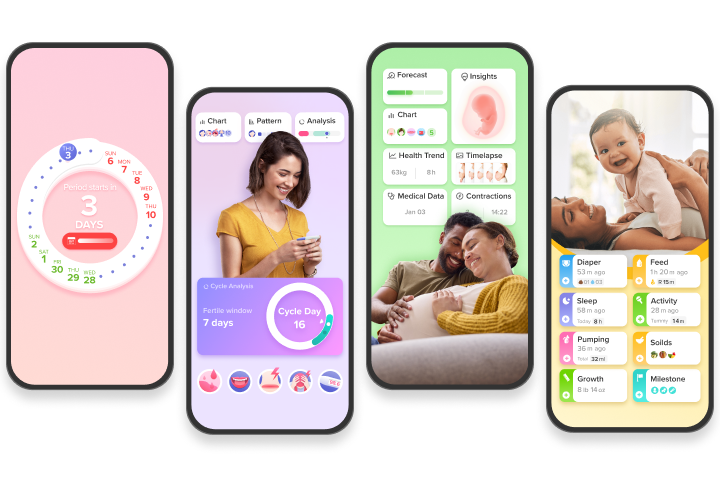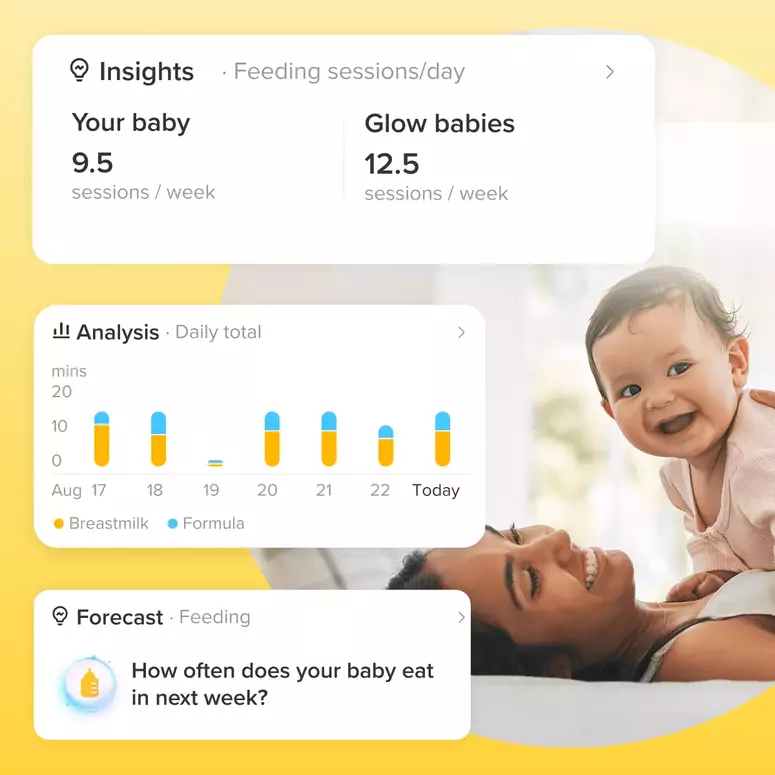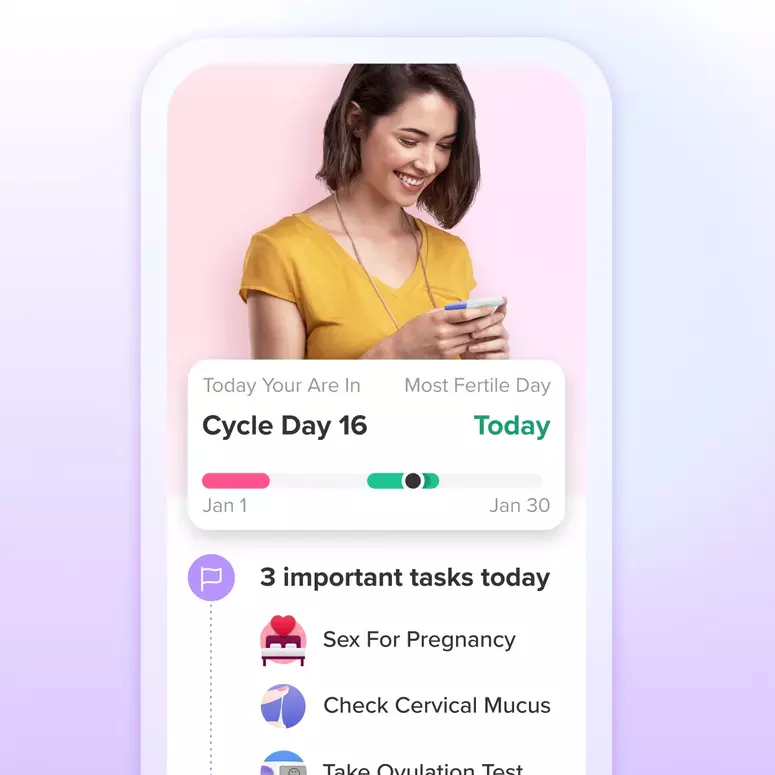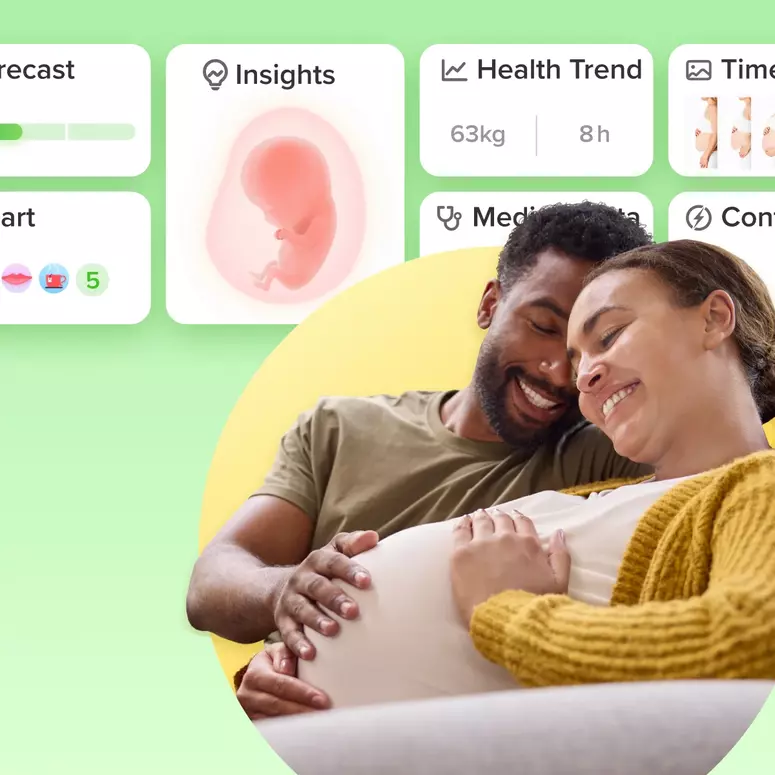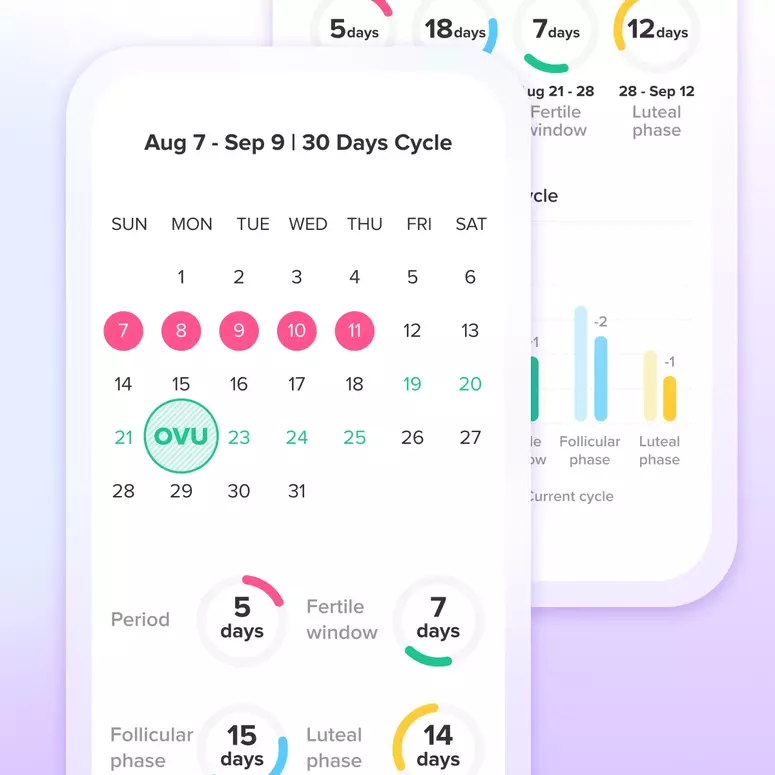Do you have confusion about whether you are truly late or not? Come read about the luteal phase, it just may help you!
(This information is so helpful that I actually knew I was pregnant before I had a symptoms or even took a pregnancy test.)
(FYI, I didn't even use opks the cycle I got pregnant, just tracked my cervical mucus and the last day I saw egg white cervical mucus was the day I ovulated.)
(This information will help you look at the pattern of your tww so that you will know when you are truly late)
What is a Luteal Phase and Why is it Important?
The luteal phase is the the post-ovulatory portion of a woman’s cycle (or, the time between when you ovulate, and when you get your period). The luteal phase is named for the corpus luteum, which is what’s left of the follicle that was housing the egg that got released at ovulation. The corpus luteum produces progesterone, which your body needs to ripen the endometrium (uterine lining). Progesterone turns the endometrium into a nice soft bed in which a fertilized egg can implant, and a baby can grow. The ripening of the uterine lining happens every cycle after an egg is released, whether or not the egg is fertilized. If the egg is not fertilized, the corpus luteum stops producing progesterone after about 12 to 16 days.
Women’s luteal phases generally don’t vary by more than a day or two, per the particular woman. That means that if your luteal phase is usually 12 days long, occasionally it might be 11 or 13, but it probably won’t ever be 15 or 16. Your friend Liz might have a luteal phase that is usually 15 days. Hers might sometimes be 14 or 16, but it will probably never be 12.
The luteal phase lasts from ovulation until menstruation. Menstruation happens when the corpus luteum stops producing progesterone. Think of progesterone like the music at a party. Think of the endometrium as the guests at that party. When the music shuts off, the guests leave. That’s how it is with progesterone, when the corpus luteum stops producing progesterone, the endometrial lining is shed through the vagina, and you have your period. So very simply put, the luteal phase is the post-ovulatory phase of your fertility cycle. It starts at ovulation and ends at menstruation.
So What?
The length and quality of your luteal phase can tell you a lot about your fertility. If your luteal phase is less than 10 days, you might have a hard time staying pregnant. This is because if the corpus luteum craps out after 9 days, and stops producing progesterone, that lovely soft bed it made for the fertilized egg will break loose from the uterine wall and your period will commence before the fertilized egg ever gets a chance to make it from the fallopian tube, where fertilization occurs, to the uterus, where gestation happens. And with no place for a fertilized egg to implant and grow, pregnancy can not occur. The difference between fertilization and implantation is this: Fertilization is when the sperm and egg meet and become a zygote. This fertilized egg will not become a baby unless it attaches to the endometrium and grows there. Pregnancy begins at Implantation, when the zygote sets up shop in the endometrium. Similarly, if you have a luteal phase that suggests low progesterone levels, (if your temperature consistently falls below your coverline, for instance) you may have a hard time sustaining a pregnancy. Even though your luteal phase may be a healthy length, if there is not an adequate amount of progesterone to properly ripen the endometrium, a fertilized egg will not have the foundation it needs to grow.
It’s important to know these things because if you’re trying to have a baby you want to have the best possible chance at carrying the pregnancy to term. And if your luteal phase is sub-optimal that’s information you want to have, so you can do something about it. The best way to know the length and quality of your luteal phase is to start charting your fertility.
What fertility charting enables you to do is gather the relevant information about your body and its ability to create and sustain life, so you know if you’ve got a good chance at a healthy pregnancy. If there are some issues that would make the path to motherhood difficult, you’ll have a record of them, and can share that information with your healthcare provider, in order to find the best way to remedy the situation. You can hit the ground running, instead of having to do months of invasive testing procedures to find out what’s going on.
In conclusion, luteal phase is the post-ovulatory phase of your menstrual cycle, dominated by progesterone. Charting your cycle can tell a lot about your luteal phase, like if it’s too short, or if your progesterone level might be low. Both of those can impact your ability to have a baby. Armed with the right information, you’ll have the best possible shot at a healthy pregnancy.
Let's Glow!
Achieve your health goals from period to parenting.
